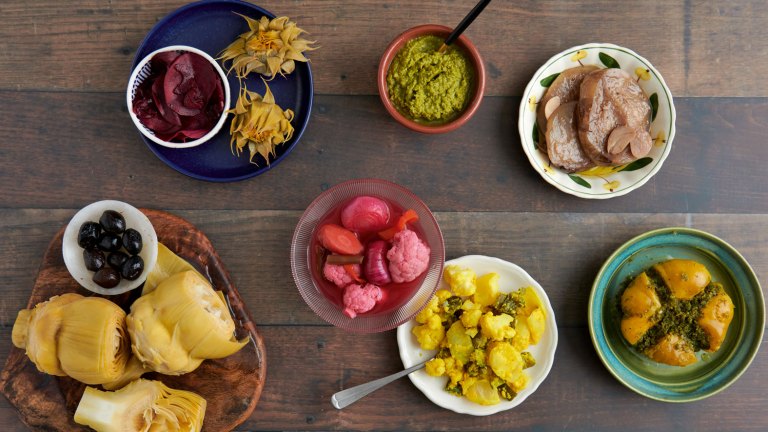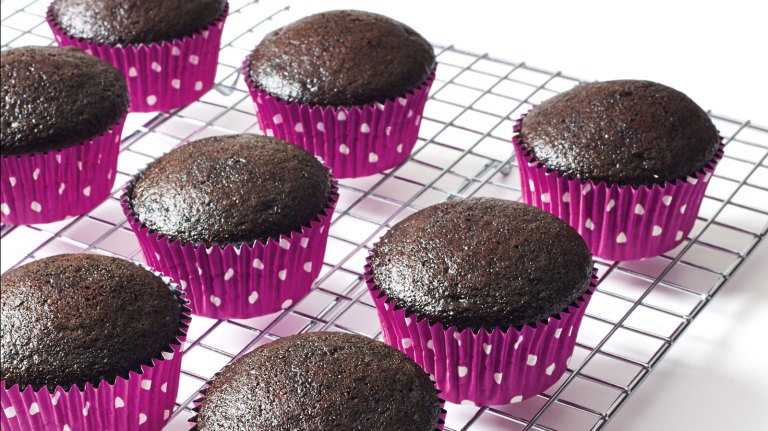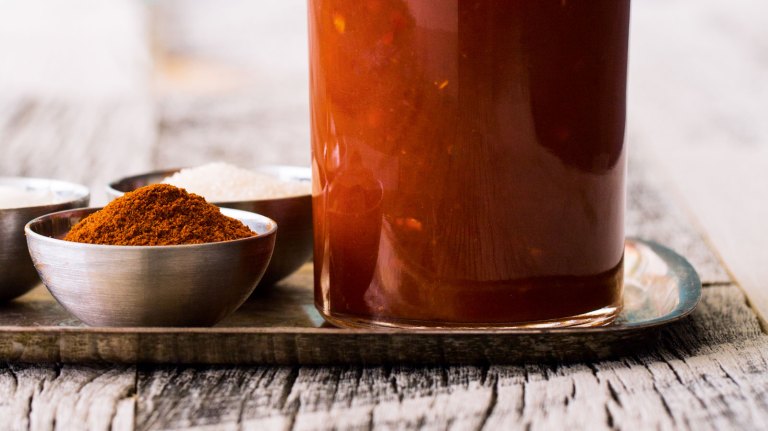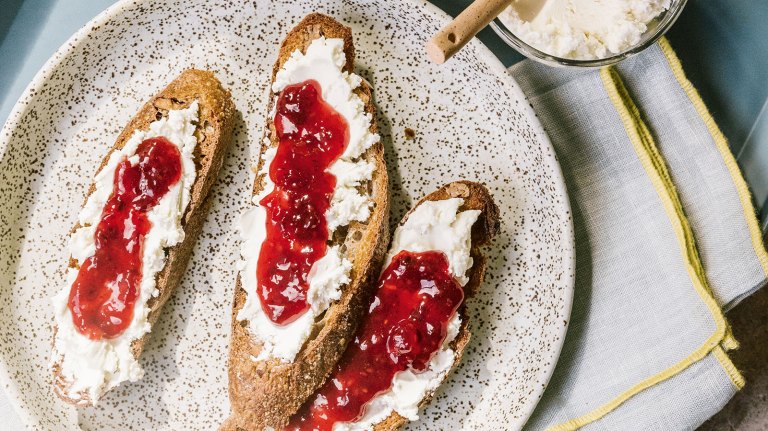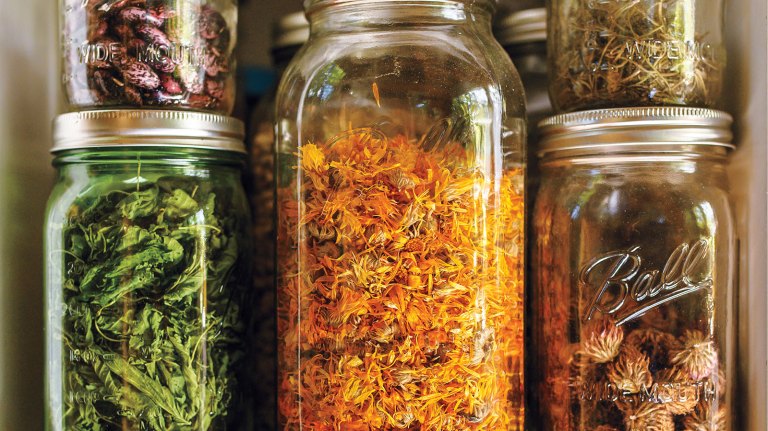What Is a Food Swap?
Do you love to grow your own food, cook from scratch, or make the kinds of food — jam, pickles, ketchup, cheese — that most people usually buy? You might be ready to join the growing international food swap movement.
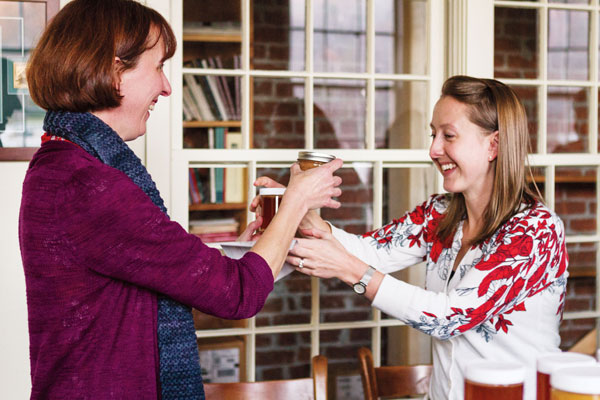
At a food swap, home cooks, bakers, canners, gardeners, and foragers get together to trade their homemade and homegrown food items.
How Does a Food Swap Work?
The modern food swap movement began in — where else? — Brooklyn, New York, in 2010. Since then, it has spread to every corner of the United States, Canada, Europe, and even South America and the Antipodes. There are food swaps in every large American city and in many small towns and rural areas. Some food swaps meet once a month; some meet only a few times a year. Some food swaps have 50 participants and some have a dozen. Swaps are held in all kinds of locations, from church basements, parks, and community centers to stores and cooking schools. Some swaps charge admission and some are free.
In short, food swaps take many forms, but they all have the following elements.
No money changes hands. Trading, not buying, is what the food swap movement is about. A food swap is intended to be a more personal alternative to the commercial food marketplace. There is also a less romantic and more practical reason for this requirement: food that is to be sold is subject to various health and safety regulations. In many states, for example, food that is intended for retail sale must be prepared in a licensed kitchen by someone who has taken required sanitation training, and labeled according to industry standards.
By swapping, rather than selling food, participants in a food swap can avoid triggering this kind of regulation and government scrutiny.
All items must be made or grown by the participants. You cannot buy something in a store or at a market and bring it to a food swap to trade. You must bring something homemade or homegrown.
What people bring to food swaps varies widely but can include baked goods, candies, condiments, preserved fruits and vegetables, cheese, fermented foods, drink syrups, alcoholic infusions, hand-milled flours, herbs and produce from vegetable gardens, eggs from backyard chickens, foraged fruits, and so on. The best swap items are things that are portable, not highly perishable, distinctive and delicious. (Sometimes people do bring non-food items, such as dog treats, candles, notecards, or health and beauty products. Whether that is permitted and where to draw the line on what kind of items are allowed is up to the organizer of each individual swap.)
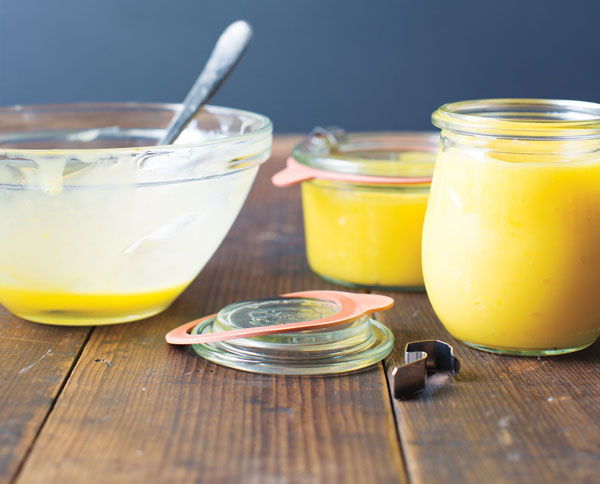
Why Participate in a Food Swap?
There are many good reasons to participate in a food swap. Here are four that I find particularly compelling.
It increases your options. Participating in a food swap allows you to diversify your pantry with different kinds of homemade or homegrown food. And that allows you to eat more homemade food, which is a wonderful thing.
It’s a sustainable practice. Joining a food swap is a way to eat more seasonally and locally, practices that cut down on the resources that are used to grow food. And by swapping excess food, be it garden produce, eggs, or prepared foods, you not only receive some value for that food, but you also prevent its waste.
It will make you a better cook. If you are like me, you love to cook with unfamiliar ingredients and learn new skills in the kitchen. Not only does participating in a food swap motivate you to expand your cooking repertoire, but seeing the foods the other swappers make will inspire you to try new techniques and experiment with unfamiliar ingredients.
Food swaps create communities. The very best reason to participate in a food swap, other than bringing home delicious food, is that you will meet all kinds of people who share your passion for homemade and homegrown food. Swappers trade recipes and gardening tips, network, and form friendships that go beyond the food swap itself. Because food swaps are in-person events that are typically organized online, they tend to attract a diverse group of participants and bring together people who might not have a chance to meet otherwise. That is part of the magic of food swaps: they cut through the barriers that separate us — things like age, class, race, and geography — and connect people who share a love of food.


